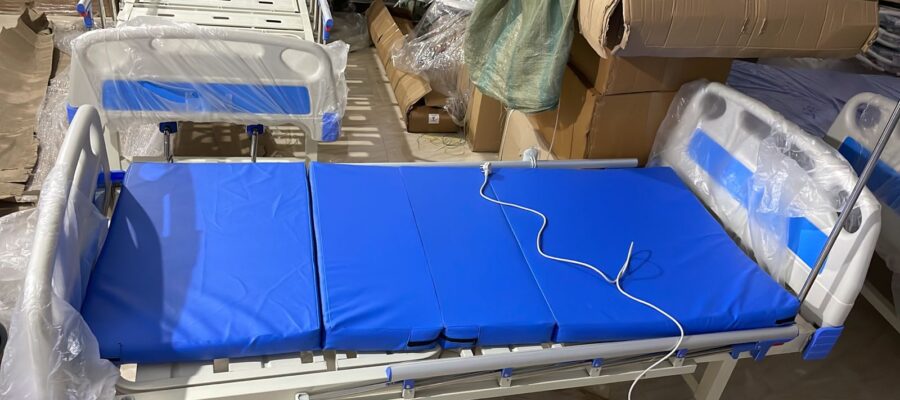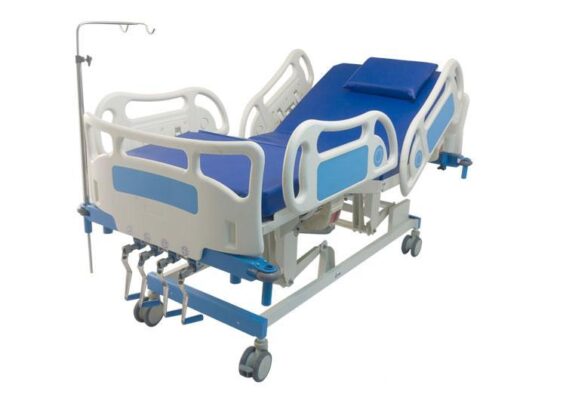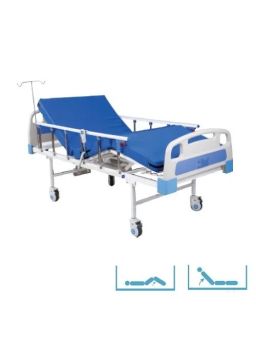
Over the years, mechanical ventilation has undergone numerous innovations. These innovations have allowed ventilators to be used to meet a broader range of patient needs. This is accomplished by using different types of ventilators that are geared toward patients with various medical conditions.
Negative and Positive Pressure Ventilation
In older times, ventilator types were divided into negative and positive pressure ventilation. And although ventilators of the modern era no longer use negative ventilation, it is worth noting their existence to appreciate how positive pressure ventilation works.
When we breathe, the air is brought into the lungs when there is a difference in the air pressure between the airway and the alveolus. Ventilators create this difference by reducing the pressure around the lungs or increasing the pressure in the airways. The former is negative pressure ventilation, which is typically bulky and impractical, and the latter is positive ventilation. Positive ventilation can be done with greater ease, making it easier to create different varieties of these types of ventilators.
Types of Positive Pressure Ventilators
Invasive Ventilator
Invasive ventilation requires tracheal intubation that involves running a plastic tube down the trachea. This can be administered in two ways: orotracheal or nasotracheal.
Orotracheal
Orotracheal intubation is the more common form of invasive ventilation, which requires running the tubing down the patient’s throat. This can be done quickly and is especially valuable for patients who are critically ill and cannot breathe on their own.
Nasotracheal
In this form of ventilation, the tube is inserted into the nose. Although this form of invasive ventilation is more challenging for both doctors to perform and patients to endure, nasotracheal is useful for patients who cannot have the tube inserted into their mouths.
Non-invasive Ventilators
Non-invasive ventilators are used when patients are conscious, are not undergoing surgery, and are able to breathe on their own. Because it is so simple to place someone on this type of ventilation, it can be used for various purposes, from chronic respiratory failure to sleep apnea.
Understanding the types of available ventilators will help you meet the needs of all your respiratory patients. Here at Med One Group, we provide https://www.emergencycaresolution.com/shop/ services to help meet the needs of all healthcare facilities.



